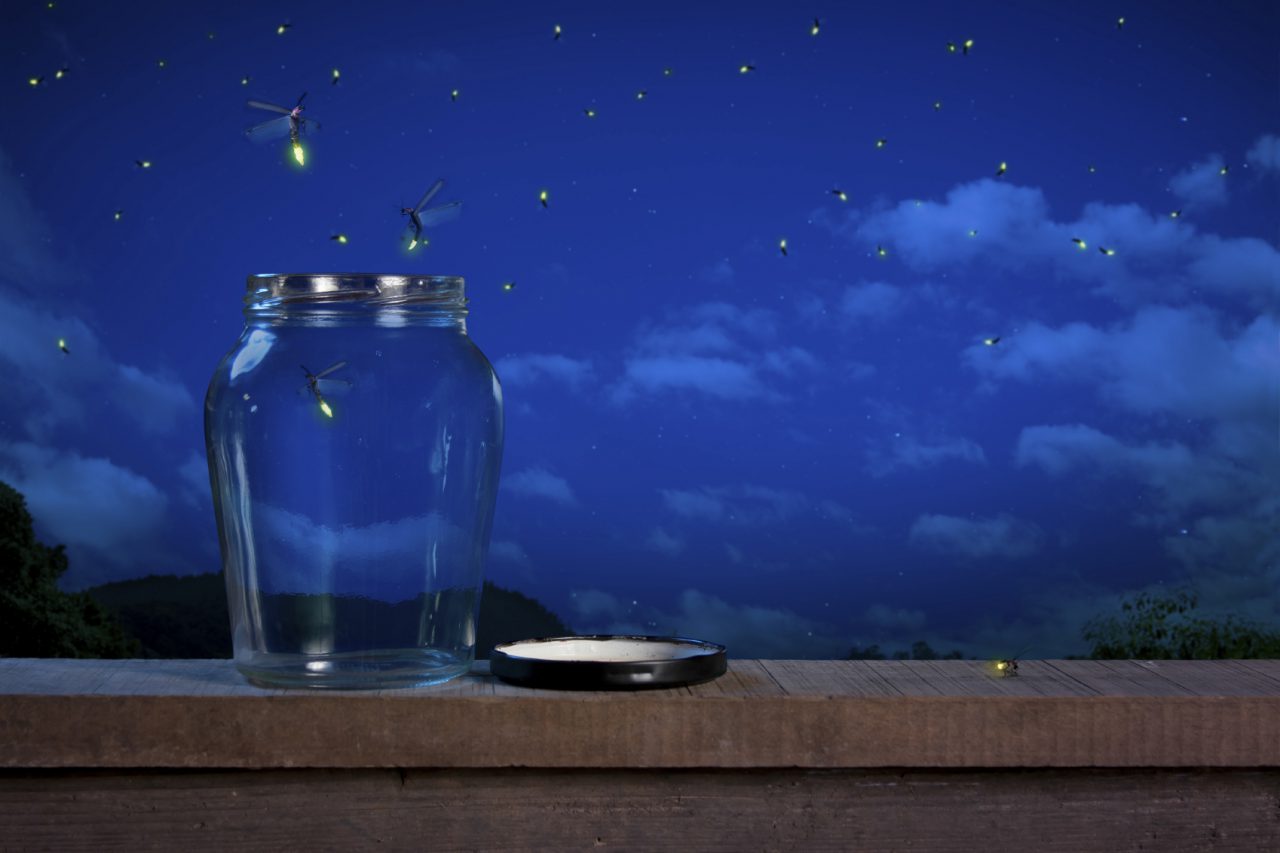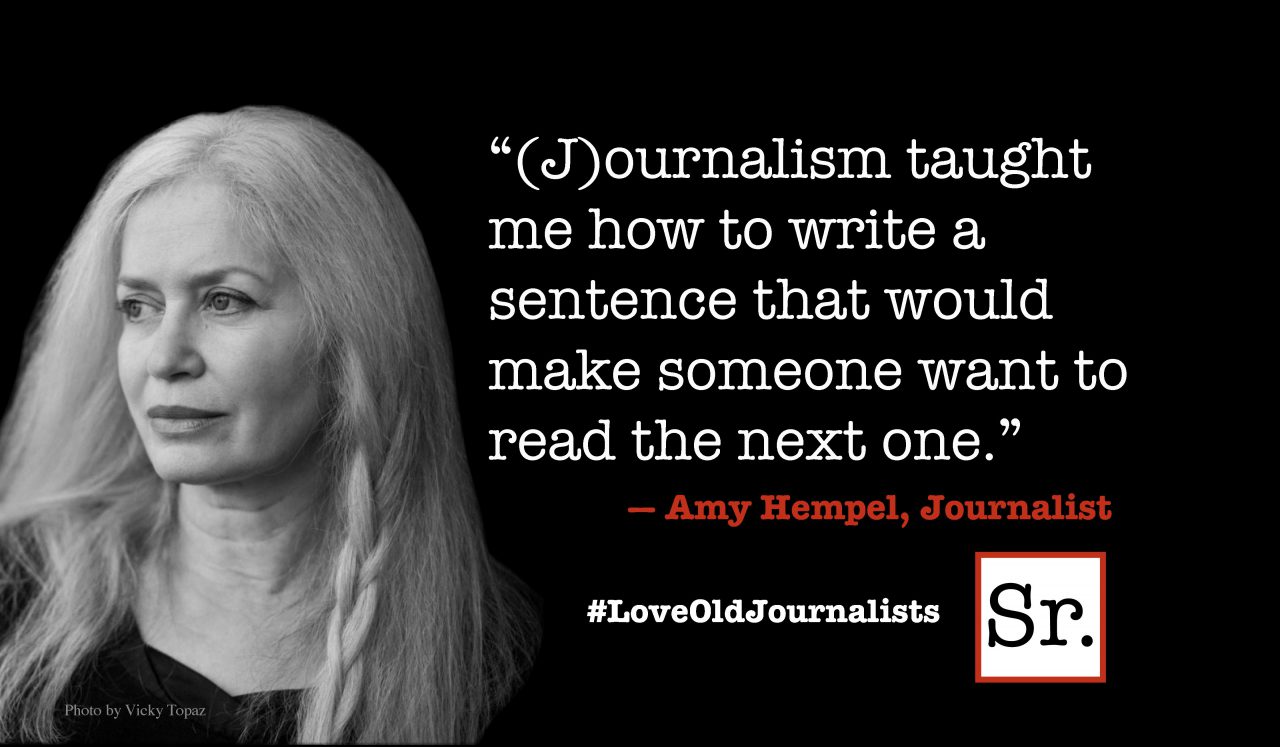OK, I need to admit right up front that, yes, I do talk to myself. Come on, admit it. We all do. Otherwise life would be an endless ride in a crowded elevator, staring at the lights above the door, watching them change, avoiding eye contact, turning inward. Hmm. Interesting thought, the Zen of elevator riding. But I digress. Back to talking to myself. The only problem is that I occasionally do it out loud. This, coupled with the fact that both my wife and I are "acoustically challenged" creates some awkward moments:
I'll say something to me, and she will ask "What?"
I (realizing that I had been talking out loud,) "Nothing, just talking to myself."
She: (out loud) OK (internally) Jeeeeez.
Still, the tendency leads to some interesting internal dialogues. For example, couple of nights ago I woke up from a dream. It was not one of those powerful dreams that won't let go, a dream that follows you into waking, demanding that you pay attention. It was a softer kind of dream, involving, but hazy around the edges.
So I said to myself, "I don't even know where we were."
"What do you mean by ‘we'?" I asked.
“You know, 'we' — the people in the dream.” I said.
"Who were they?” I inquired.
"Ah, yeah. I don't know that either." One of us fell silent, the other fell asleep
What has followed me into my waking life is the realization that while my dreams do often include "real people who are known to me," just as often they are "peopled" by entities with whom I interact very humanly, but who, upon my waking, retreat into ephemeral, emotional chords. Presences without a specific identity. Hence the question remains: Who are those guys?
I have scratched the surface of enough psychology, psychiatry, brain studies, theology, philosophy, etc., to be able to state categorically and without doubt that, like Butch and Sundance, we really don't know who "those guys" are. I, of course, love that as it allows me wide latitude to spin my own theories. I guess the best place to start is with who I believe they are not: Dreams are not neurological static — phantoms generated by the random firing of neurons. That would certainly be an easy answer – asserting truth in the face contradictory or incomplete evidence.
Sort of like the Creationist paleontologist who recently discovered a fish fossil that mainstream paleontologists date at about 60 million years-old. “Yes,” asserts the founder. “It is an ancient fish. But since the world was created only 5,000 years ago, it can’t be any older than that, and everyone who disagrees with me is wrong."
If we, similarly, write dreams off as being merely random scratches in the gray matter, ignoring the collected data and reflection that argue to the contrary, it becomes hard to assert that they have deeper purpose or meaning; or to hypothesize as to what that purpose or meaning might be. But since our sleeping brainwaves, while different from wide-awake brainwave, seem more extensions of the waking world than the arrival of a radically different state of being, the seemingly more logical — and irresistible, for me anyhow — temptation is to try to understand them. Hence, we constantly seek to unlock the apparent mysteries of these familiar ephemera.
So let us give it a shot. Physicists assert that the standard model of physics must play by the same rules throughout the universe. I’m good with that. Hence, in my worldview "those guys" have to be all about the pursuit of Harmony. I certainly have no evidence to the contrary, and in the general interest of symmetry I would assert that, as in "walkabout real world," the world on the other side of the consciousness curtain — the world of dreams — is also driven by the four tenets of Distilled Harmony: Foster Harmony, Enable Beauty, Distill Complexity and Oppose Harm. But the relationship between tenet and player is not always as direct as it seems in light of day. Hence I tend to shy away from being too “waking-world centric" when I consider the more gentle shades of dreaming.
Let me jump — seemingly without segue — to fireflies. I have never encountered anyone in whom the first glimpse of the evening’s fireflies failed to elicit an “Oh! Fireflies!” Here, in North Carolina evenings, they seem to fade in and then magically fade out, only to reappear somewhere else. Yes, at a distance, but still close enough to their exit point that even small children can reach out and capture them. However, the fireflies of both Tennessee and Malaysia are something quite different. They begin, as do their more common backyard cousins, with a few random flashes, but soon they congregate in thousands, and gradually their flashes synchronize until entire trees blink with all the gaudiness of a Times Square marquee.
And how do we bring that back to dreams? Well, let us remember that in our dreams – at least in mine — the “players” usually divide into two broad classes. On the one hand we have recognizable entities who often “play" themselves — your spouse, children, parents, lovers, antagonists, etc. On the other hand we have “tonal entities” — entities with whom we interact quite comfortably, but who, upon our waking, swiftly fade — disappearing completely by the time we find a cool spot on the pillow, or return from the bathroom.
I have come to feel that the “real people," living and deceased, who populate my dreams are like the single mysterious flashing of lone firefly at the end of the garden. They are less themselves, and more manifestations of their dominant chords; e.g. my mother in my dreams is not simply my mother. Rather she manifests/represents/demonstrates a distillation of the dominant notes she performed in life – a spiritual, comforting gentleness. The recognizable players in my dreams, I have come to believe, all follow that model; they sound the chord which they most clearly play/played in "walk about waking world." This applies to both dominant harmonics and dominant discord.
Those we love may play themselves, as may those who currently fight the Harmony of our chord. Yet, strangely, they rarely play the leads in our somnolent dramas. They are “supporting characters.” But supporting in the manner of the old theater assertion that “There are no small roles, only small actors.” In our dreams the “supporting characters” support the dreamworld – they are the solid, constant notes of our chord which hold both sides of consciousness together.
The leads in dreams are played “those guys,” composite entities who manifest chords that contain notes that have been contributed by a host of significant others in our lives. These are the synchronized fireflies of Tennessee and Malaysia. They flash with admirable glitz, but are currently clusters of fireflies with either insufficient mass or syncopation to coalesce into a recognizable entity which — counterintuitively — would allow them to take their place as the calm, supporting notes upon which our world — both dreaming and waking — rest. Instead they are notes still seeking their place in our chord. We try them out in our dreams. So, ironically, it is those still uncertain notes that become the Darth Vaders or Princesses Lea who start us awake with racing pulse, either anxious or fearful to rejoin the swiftly fading dream.
All of which still begs the question of why they are there at all? Why do we dream? Distilled Harmony leans strongly to a rather simple explanation: dreams are there to aid in our pursuit of transcendent Harmony. And, as experience does in our "walking around” life, dreams teach with both the stick and the carrot. Dreams are the carrot, nightmares the stick.









